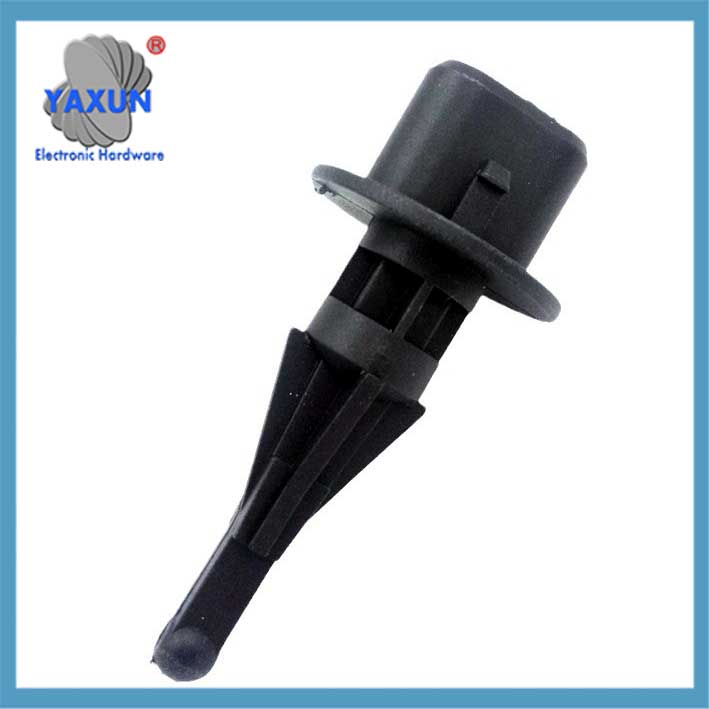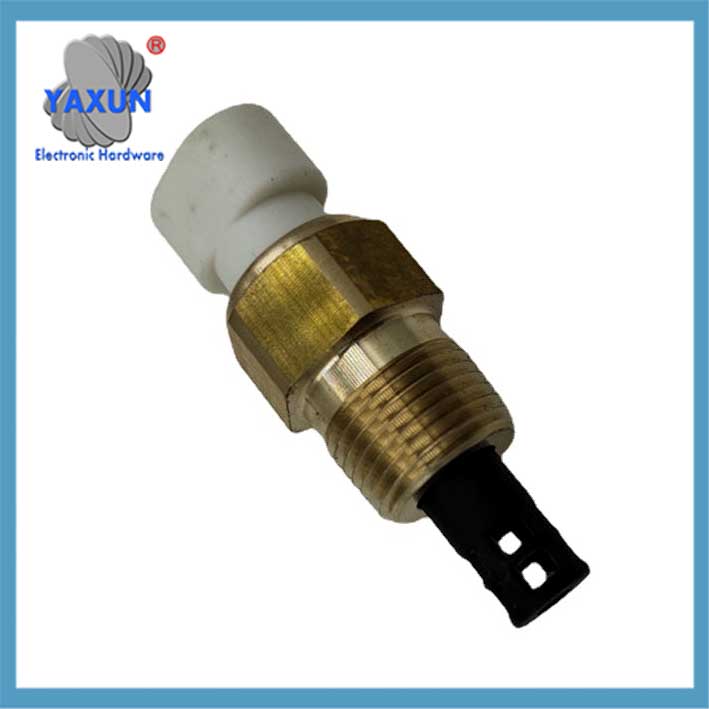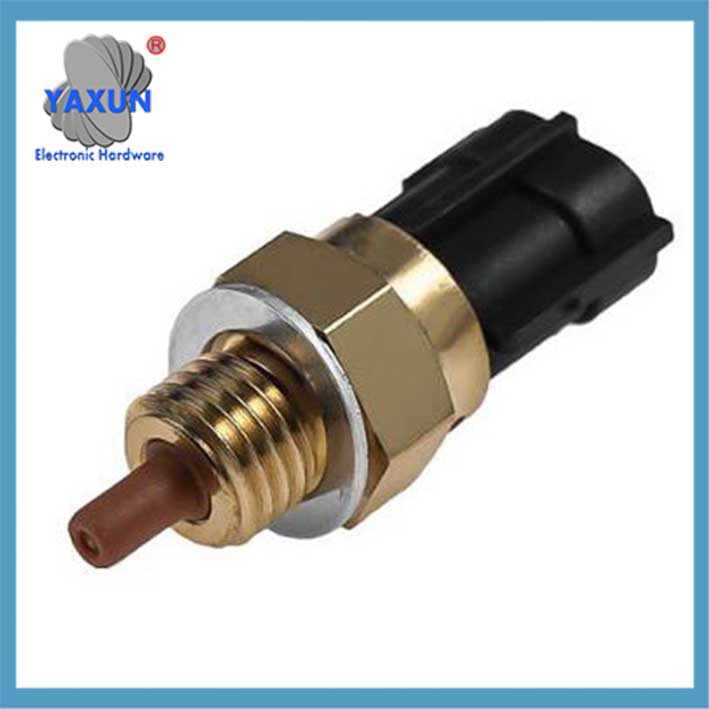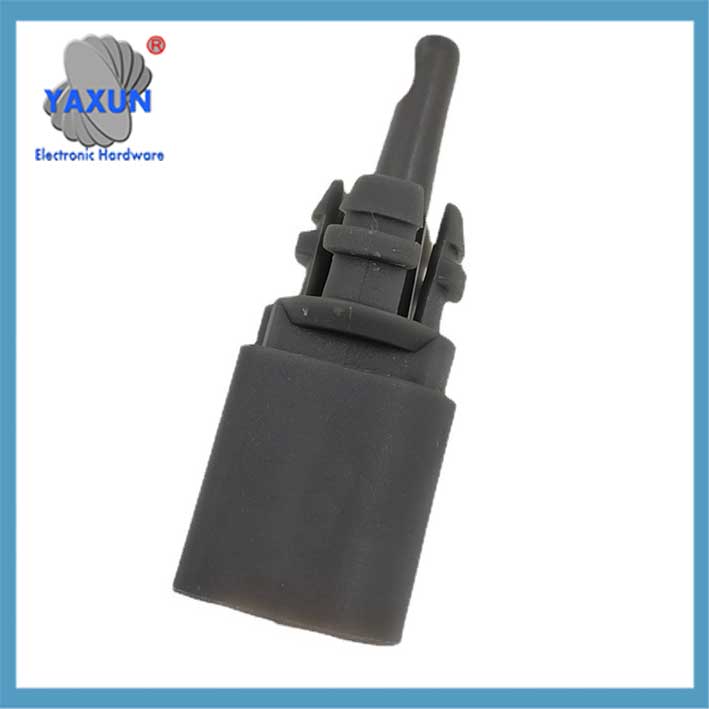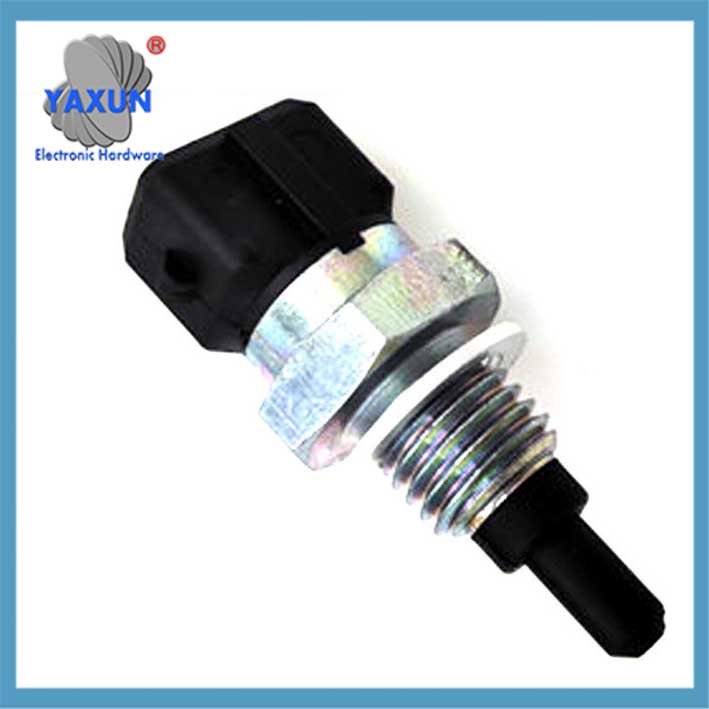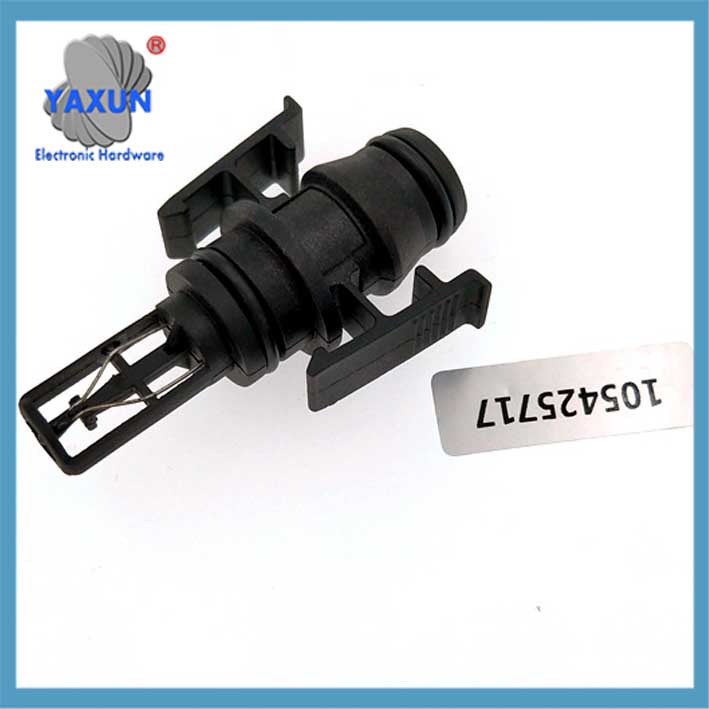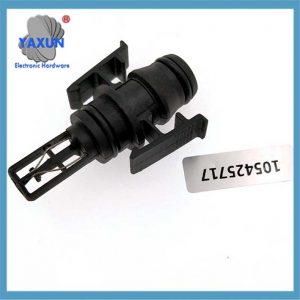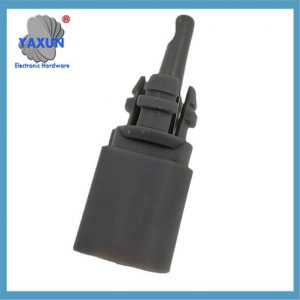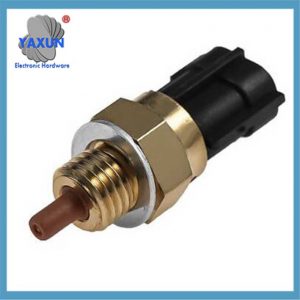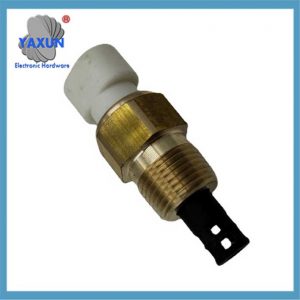产品类别
产品标签
自定义汽车进气温传感器的功能
自定义汽车进气温的功能 (IAT) 传感器, 您可以将传感器的信号输出修改为发动机控制单元 (ECU). 这通常是通过串联添加阻力或与传感器平行的, 有效更改ECU接收的电压信号. 这可以使用电位计 (可变电阻) 或固定电阻器. 更改IAT信号可能会影响ECU关于燃料交付和点火时间的决定, 潜在影响发动机性能.
汽车进气温度传感器的相关知识. 这个问题在汽车维护和电子控制领域非常普遍.
汽车进气温传感器的几个关键点: 第一的, 所有材料都强调这是一个负温度系数 (NTC) 热敏电阻传感器, 这是理解其工作原理的基础. 第二, 安装位置有两个主流解决方案 (油门前/之后), 但是功能是相同的. 在“故障症状”部分, 多个来源反复提到典型的表现,例如困难的启动和不稳定的闲置速度, 需要集成以避免冗余.
特别注意比较摄入量和排气温度传感器之间的差异. 这个知识点对于理解进气温传感器的特殊性非常有帮助, 并考虑简短提及. 在技术参数方面, 提到,在冷热车条件下信号电压的差异非常有价值,并且可以反映传感器的动态工作特征.
准备使用结构化演示: 首先概述定义和核心原则, 然后将其分为三个部分: 工作流程, 功能, 和错.
进气温度传感器 (IAT) 是发动机管理系统中的关键组成部分. 它用于监视进入发动机的空气温度并将数据转换为电信号并将其传输到电子控制单元 (ECU) 要准确校正参数,例如注入量和点火时间. 以下是其核心点:
我. 工作原理和结构
核部组件
采用负温度系数 (NTC) 热敏电阻: 当温度升高时,电阻值会降低, 当温度降低时,电阻值会增加.
信号转换
传感器和ECU形成闭路. ECU提供5V参考电压 (线) 另一个是接地线 (E2). 温度变化导致电阻变化, 进而改变电路电压并产生与温度相对应的电信号.
IAT传感器测量进入发动机进气歧管的空气温度.
此信息对于ECU计算适当的空气混合物和点火时间至关重要.
ECU向传感器发送电压,并读取电压滴在其上, 对应于进气温.
信号特征
冷车状态: 信号电压与水温传感器相似;
热车状态: 信号电压约为水温传感器的2〜3倍.
II. 安装位置和功能
安装位置
位于进气管或气流计中, 要么在油门之前 (进气管) 或油门之后 (进气歧管).
核函数
空气燃料比校正: 低温空气具有高密度, 因此,ECU增加了燃油喷射量; 高温空气密度低, 因此减少了燃油喷射量以确保最佳的燃烧效率.
敲击预防: 高温摄入空气容易敲, 因此,ECU相应地调整了点火开关的高度角度.
turbo保护: 自增电后监视空气的温度以防止过热损坏.
III. 故障症状和诊断
典型的断层现象
艰难的开始, 不稳定的闲置速度, 和较弱的加速度;
过多的排气排放 (黑烟);
发动机故障灯已经打开.
断层的原因和效果
| 故障类型 | data流量性能 | 影响混合物 | 根本原因 |
|---|---|---|---|
| 糟糕的接地 | 异常低温 | 太富有 | 注射脉冲宽度增加 |
| 传感器短路 | 异常高温 | 太瘦了 | 注射脉冲宽度减少 |
| 传感器开路 | 信号损失 | 太瘦了 | ECU使用预设值, 很难开始 |
检测方法
抗性检测: 卸下传感器, 加热后测量电阻值 (例如使用吹风机), 并将其与标准值进行比较;
电压检测: 点火开关打开时, 测量THA和E2之间的电压 (在正常温度下约0.5〜3.4V).
. 与其他温度传感器的差异与排气温度传感器的比较
| 参数 | 进气温度传感器 | 排气温度传感器 |
|---|---|---|
| 工作范围 | -40℃~150℃ | 200〜〜1000℃ (更高) |
| 安装位置 | 进气管/气流计 | 排气歧管/靠近三向催化转化器 |
| 核函数 | 优化空气比率 | 保护催化剂, 控制DPF再生 |
| 物质要求 | 常规包装 (塑料/环氧树脂) | 高温抗金属外壳 (例如不锈钢) |
V. 技术进化和重要性
作为NTC热电阻的典型应用, 该传感器通过简单的物理特性实现了高精度的温度反馈, 直接影响发动机电源, 燃油经济性和排放水平. 虽然它的设计很小, 它是现代电子控制系统必不可少的部分,以实现闭环控制.
为什么自定义IAT传感器功能?
性能调整:
更改IAT信号可以是一种微调发动机性能的方法. 例如, 模拟略微凉爽的进气温温度有时会导致更丰富的燃料混合物并增加功率, 特别是在涡轮增压发动机中.
修改的补偿:
如果您修改了进气系统 (例如。, 改变了进气歧管, 添加了冷空气的摄入量), IAT传感器可能读取与库存不同的温度. 自定义传感器的输出可以帮助弥补这些更改.
测试和实验:
修改IAT传感器可以是尝试不同发动机参数并观察性能的影响的一种方法.
如何自定义:
增加阻力:
串联: 与IAT传感器串联添加电阻将增加总体电阻, 导致ECU解释较低的温度.
并联: 并行添加电阻将降低总体电阻, 导致ECU解释更高的温度.
电位计 (可变电阻):
电位计使您可以调整电阻和, 所以, 动态感知到的进气温气温.
这对于找到特定设置的最佳设置很有用.
传感器位置:
IAT传感器的位置也会因热浸泡而影响其读数. 进行调整时考虑这一点.
ECU校准:
一些售后ECU可以让您直接校准IAT传感器读数, 提供一种更精确的方法来自定义其功能.
联系我们
等待您的电子邮件, 我们将在短时间内回复您 12 小时提供您需要的有价值的信息.
 English
English Afrikaans
Afrikaans العربية
العربية বাংলা
বাংলা bosanski jezik
bosanski jezik Български
Български Català
Català 粤语
粤语 中文(简体)
中文(简体) 中文(漢字)
中文(漢字) Hrvatski
Hrvatski Čeština
Čeština Nederlands
Nederlands Eesti keel
Eesti keel Suomi
Suomi Français
Français Deutsch
Deutsch Ελληνικά
Ελληνικά हिन्दी; हिंदी
हिन्दी; हिंदी Magyar
Magyar Bahasa Indonesia
Bahasa Indonesia Italiano
Italiano 日本語
日本語 한국어
한국어 Latviešu valoda
Latviešu valoda Lietuvių kalba
Lietuvių kalba македонски јазик
македонски јазик Bahasa Melayu
Bahasa Melayu Norsk
Norsk پارسی
پارسی Polski
Polski Português
Português Română
Română Русский
Русский Cрпски језик
Cрпски језик Slovenčina
Slovenčina Slovenščina
Slovenščina Español
Español Svenska
Svenska ภาษาไทย
ภาษาไทย Türkçe
Türkçe Українська
Українська اردو
اردو Tiếng Việt
Tiếng Việt
